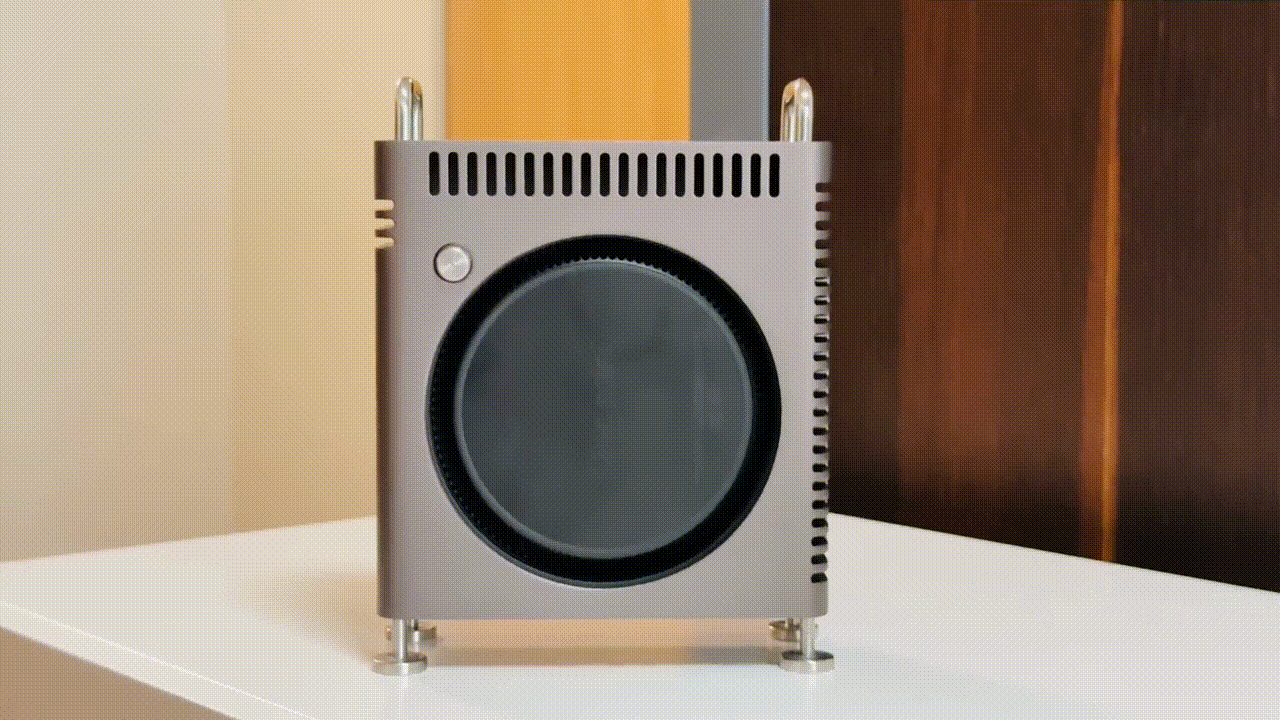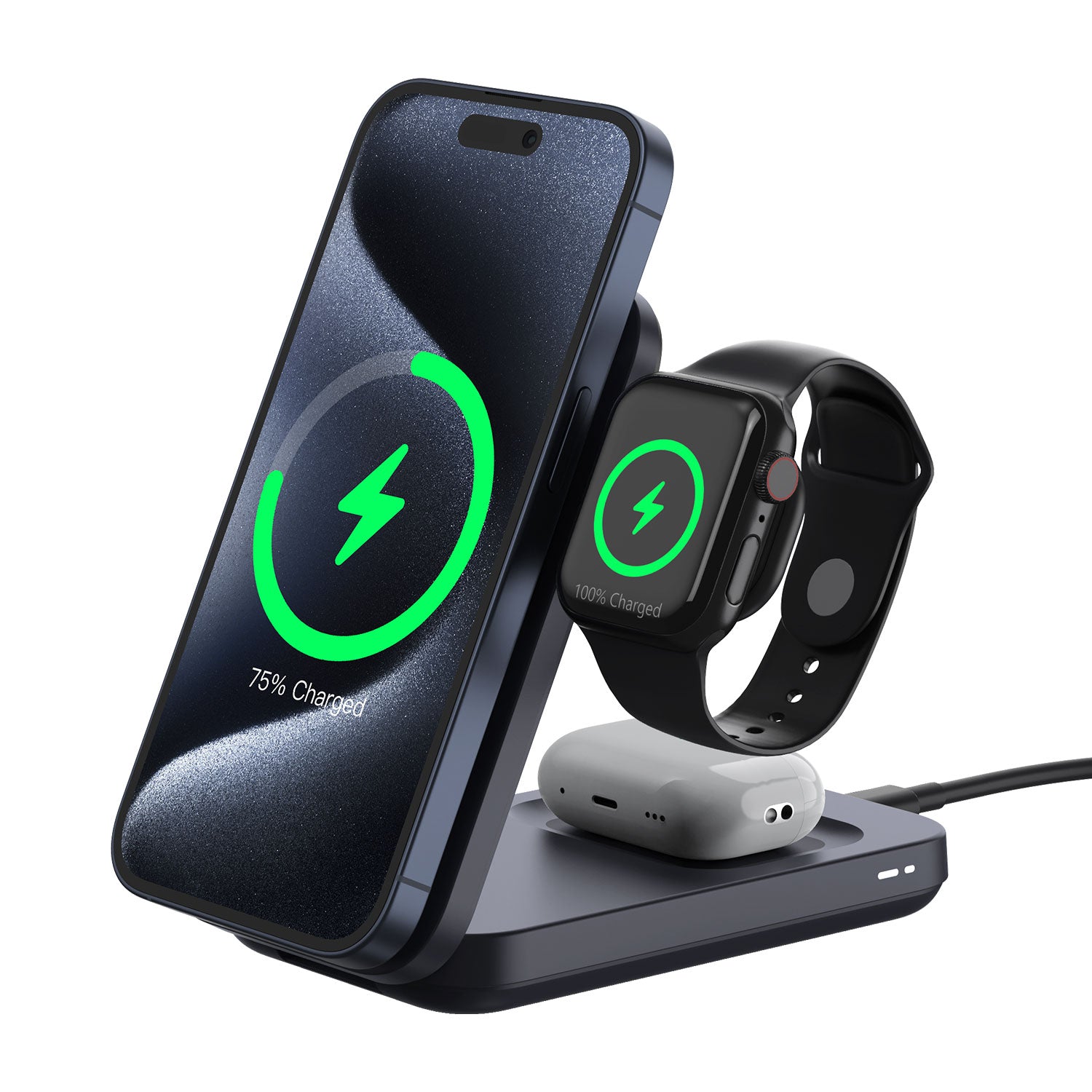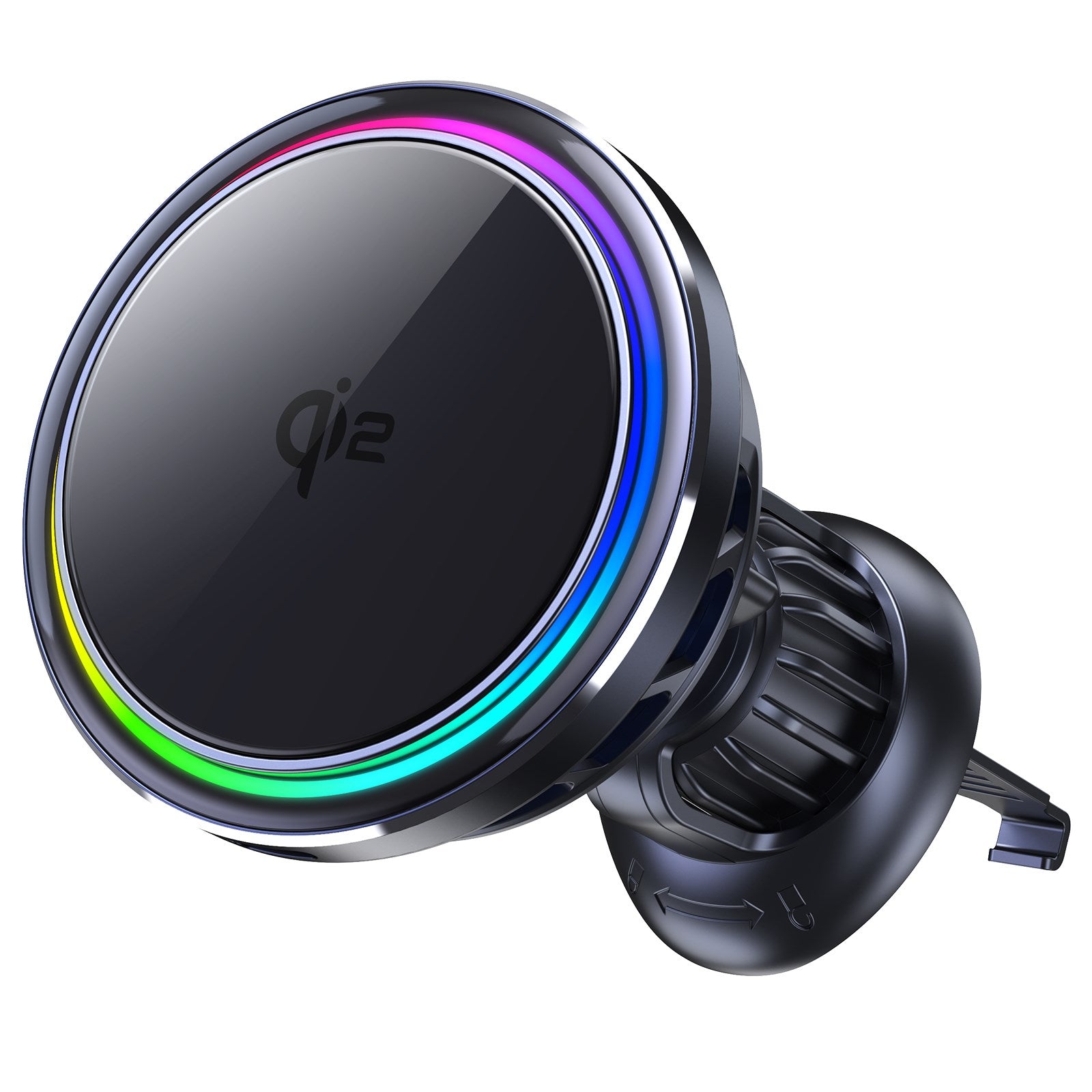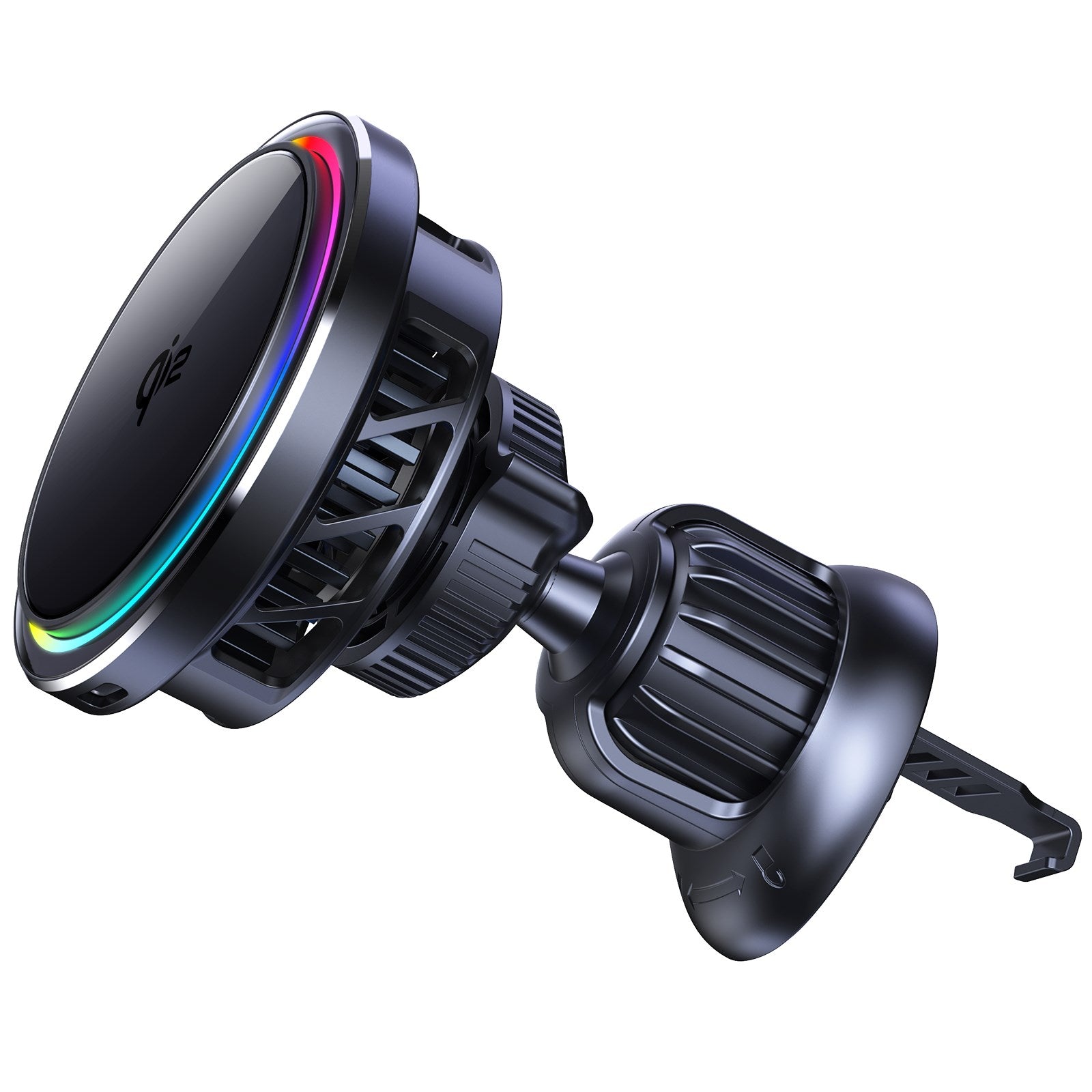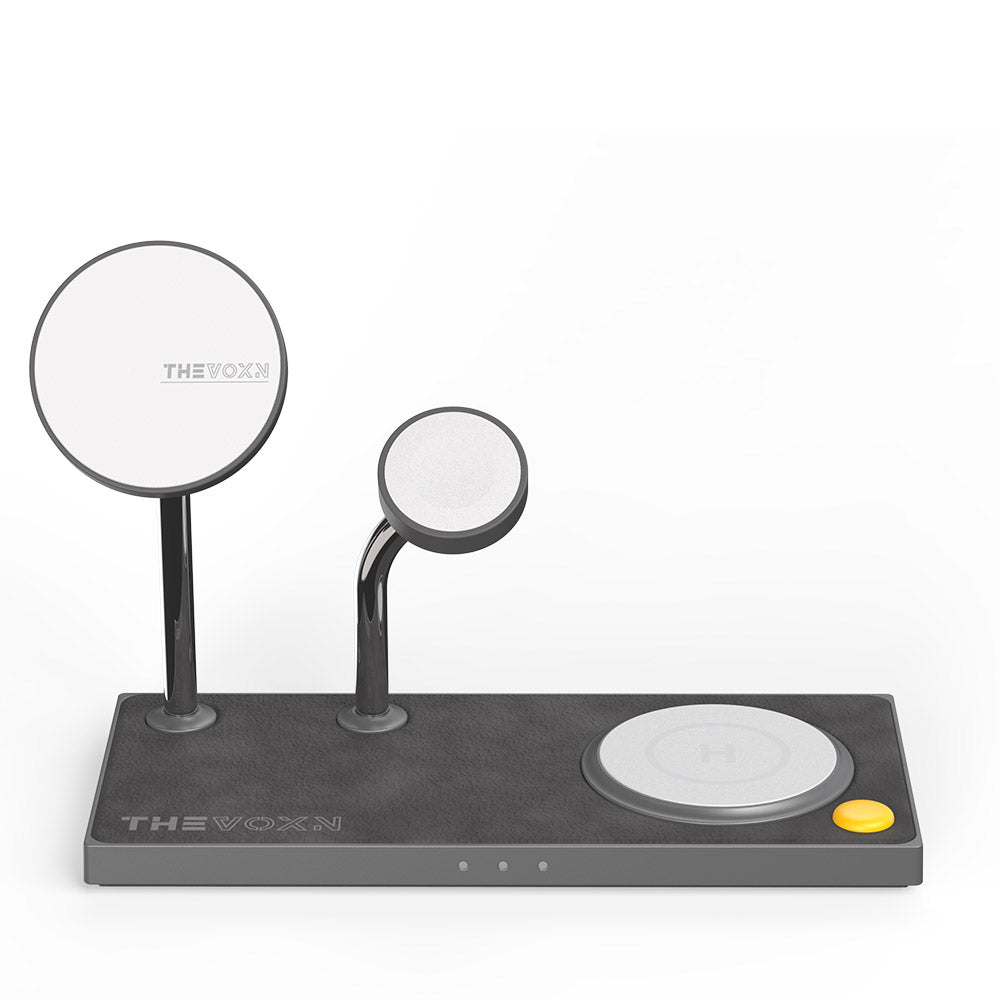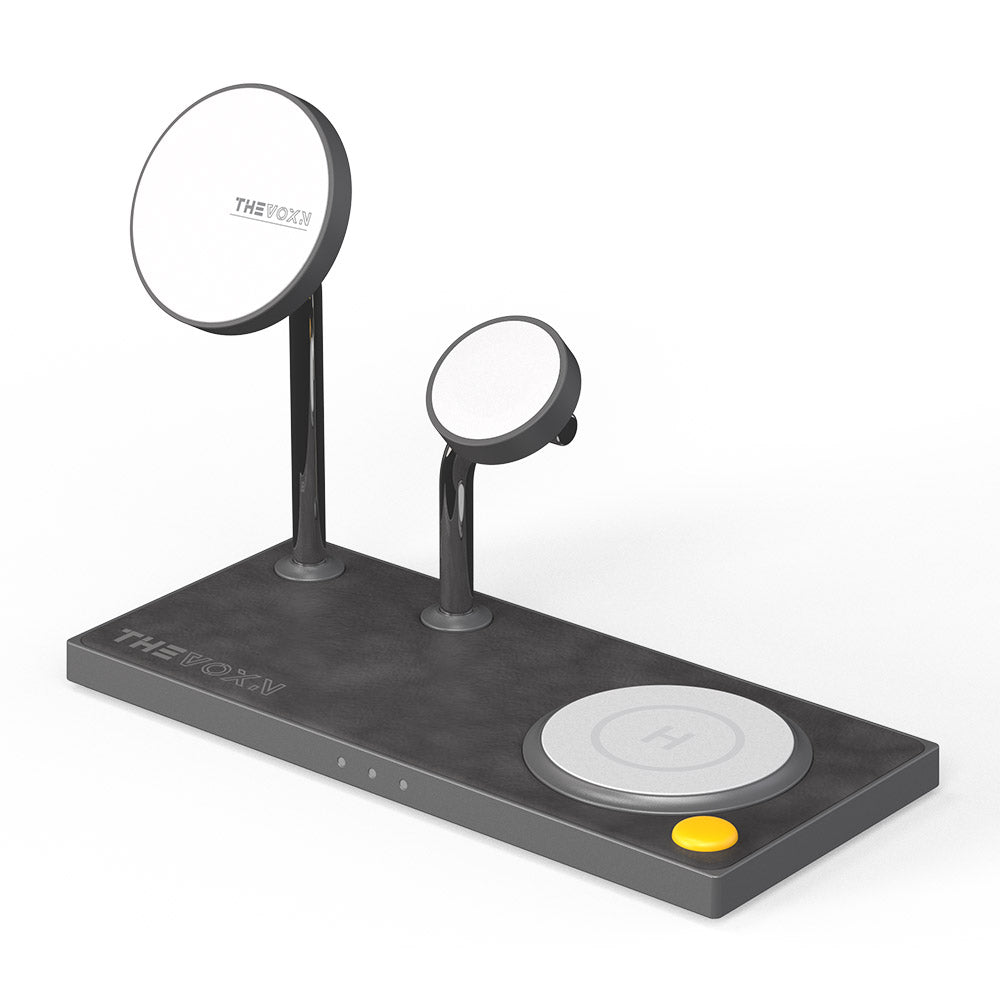Some many users have reported issues with Apple’s M4 series Macs, including the Mac mini and MacBook Pro, when connecting to 5K2K ultrawide monitors with a resolution of 5120x2160. This article provides an objective overview of the reported problems, discusses potential causes, and offers actionable solutions to address these display challenges.
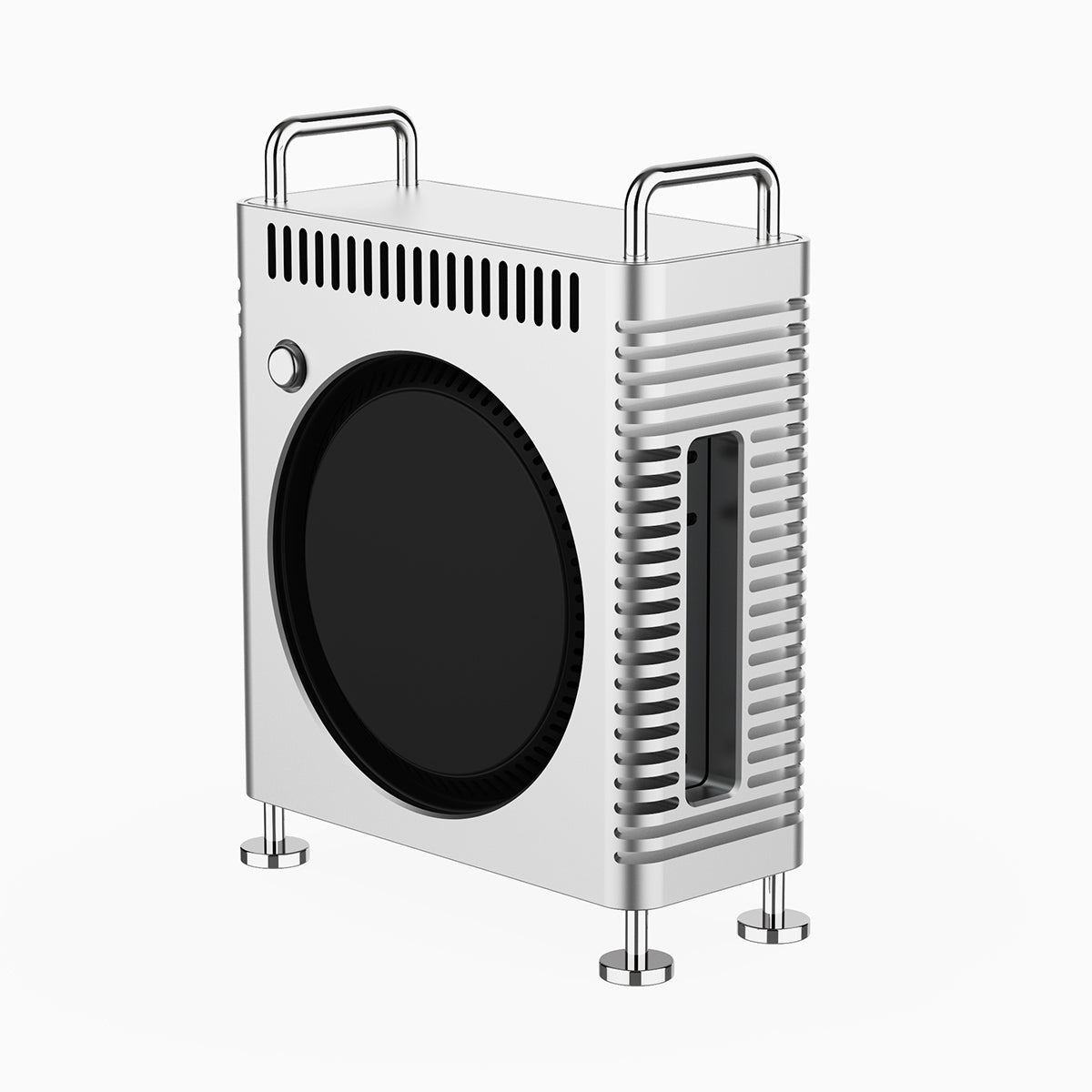
ZEERA MacForge Gen2 CNC Aluminum Case for 2024 Mac Mini M4
Protect your Mac Mini M4 with this CNC aluminum case designed for improved cooling and a professional, sleek aesthetic.
Shop NowThe Problem: Incompatibility with HiDPI Mode
One of the most significant issues users have encountered is the failure to achieve proper HiDPI (High Resolution) mode when using 5K2K ultrawide displays. Instead of crisp text and sharp interface elements, users are experiencing blurry visuals and suboptimal scaling. This is particularly surprising since earlier Mac models with M1 and M2 chips did not exhibit this issue.
Users on platforms like Apple’s Support Community and Reddit have actively discussed this problem, sharing their attempts to use third-party tools like BetterDisplay to enable HiDPI mode. Unfortunately, while these tools can sometimes force HiDPI, they often come with trade-offs, such as reducing the monitor’s refresh rate from 75Hz to 60Hz.
To date, Apple has not officially provided a resolution for this issue, leaving many users frustrated

Additional Display Problems
Beyond HiDPI mode challenges, some users have reported other display-related issues when connecting high-resolution monitors (such as 4K and 5K displays) to the M4 Mac mini or M4 Pro. These include:
-
Screen Flickering: Intermittent flickering or brief signal loss.
-
Image Artifacts: Visual distortions such as color anomalies or tearing.
-
Monitor Wake Issues: Displays failing to properly wake from sleep mode.
These issues can significantly impact productivity, particularly for professionals relying on external displays for work.
Possible Solutions and Workarounds
1. Use High-Quality Cables
Ensure you’re using certified HDMI 2.1 or Thunderbolt 4 cables. Inferior cables can lead to signal degradation, resulting in flickering or artifacting.
2. Adjust Refresh Rates
Manually set the refresh rate in macOS settings. High-resolution monitors often require specific refresh rates to function optimally.
3. Minimize External Interference
Disconnect unnecessary peripherals, especially those connected through USB-C hubs, to reduce potential power or bandwidth conflicts.
4. Update macOS
Always ensure your Mac is running the latest version of macOS, as software updates may include fixes for display compatibility issues.
5. Reset System Settings
If problems persist, try resetting the NVRAM/PRAM and SMC (System Management Controller). These resets can resolve many hardware-related issues.
6. Configure Display Settings
For multi-monitor setups, use the Thunderbolt ports directly for better performance and manually arrange displays in macOS settings. If monitors fail to wake from sleep, consider disabling sleep mode or adjusting energy settings.

ZEERA Aluminum Alloy MagSafe Kickstand Cooling Case
ZEERA Aluminum Alloy MagSafe Kickstand Cooling Case: Featuring a Futuristic Mechanical Aesthetic
Shop NowConclusion
The 2024 M4 series Macs are powerful machines, but their compatibility with high-resolution displays remains a challenge for some users. By understanding these issues and implementing the suggested solutions, users can mitigate many of the frustrations associated with these problems. For those considering a purchase, keeping an eye on Apple’s updates and exploring user feedback will be key to making an informed decision.

